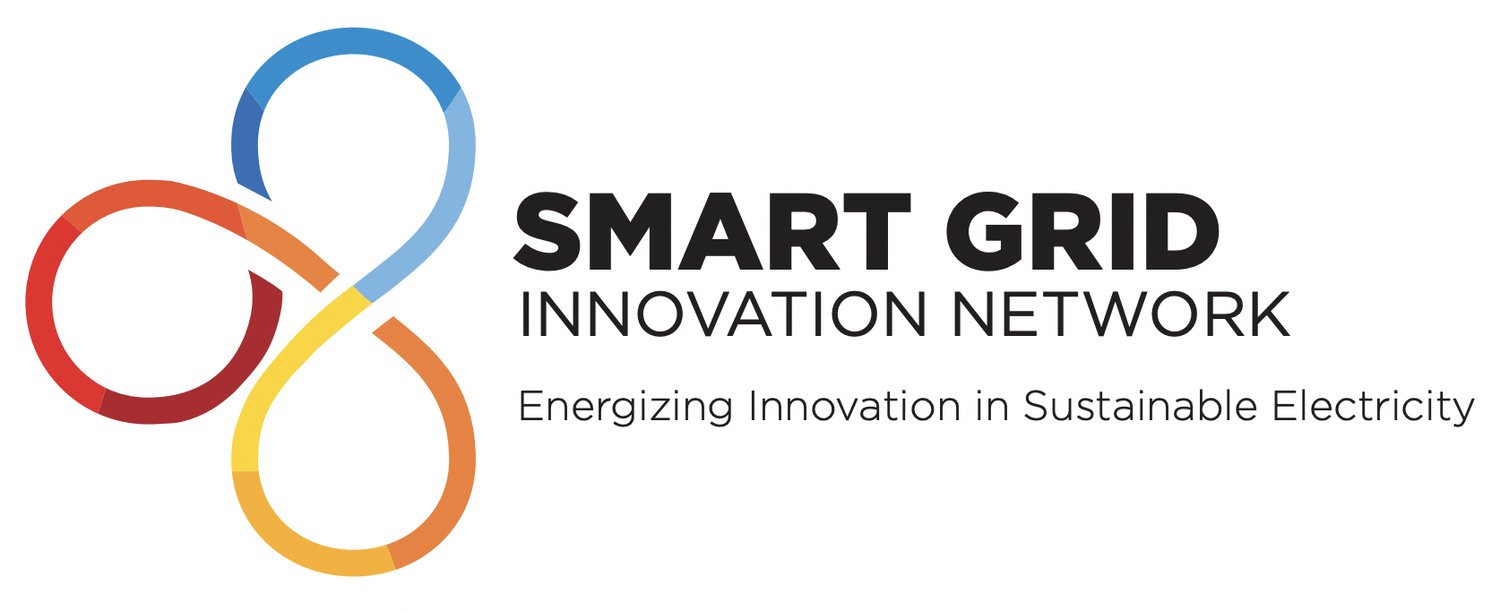The Need for Increased Storage
The electricity industry is undergoing a transformation that is perhaps the most complex in its 100-year history. It was about 100 years ago that the electricity industry began, and through a social compact, vertically integrated electric utilities were created consisting of centralized generation that provided electricity to consumers unidirectionally through transmission and distribution systems and by means of a rate-based business model. Beginning in the early 1990’s many of the vertically integrated monopolies in North America were unbundled to create greater competition but this did not significantly change the physical electricity system and how it worked. However, with the introduction of greater competition from consumers, who now wish to generate their own electricity, fundamental changes are needed to the physical electricity system, especially on the distribution system. With this change, electricity flows are bidirectional, and with continued penetration of distributed energy resources, the functionality of existing distribution system begins to breakdown. In addition, the traditional rate-based business model is increasingly challenged because consumers who produce their own electricity also remain connected to utility systems to maintain reliable service. This adversely affects the utility’s ability to recover the cost of this service because of the lower electricity sales.
The technology choice for consumers on the distribution system has and continues to be solar PV. This choice is driven mainly by the ever-increasing cost effectiveness but also by the desire for consumers to contribute to decarbonizing their energy footprint and as a response to climate change challenges. Utilities are also aware of climate change issues and in many cases consider the installation of new renewable resources such as solar combined with wind. The main issue with solar and wind is intermittency and because utilities must maintain a reliable system, often backup resources must also coexist. The ability to continuously balance the electricity system in the presence of intermittent resources varies from utility to utility. While utilities that are endowed with vast hydro resources can easily meet this challenge, utilities that rely on fossil fuels need to consider alternative forms of storage.
There are many forms of storage: batteries, pumped hydro, compressed air energy storage, flywheels and thermal energy storage to name a few. And within the different forms, some have variations. For example, batteries have different types such as lithium ion (with varying chemistries), sodium ion, and then there are flow batteries. Thermal energy storage can include high temperature molten salt that can generate electricity through a Carnot cycle. Other thermal energy storage options include space heating and water heating technologies that can shift electricity usage. Storage options also have different characteristics as well, such as costs and lifecycle. Pumped hydro, for example, can have lifecycles as high as 100 years. This technology becomes compelling when comparing lifecycle cost of storage or LCOS across the different storage options available. Pumped hydro, however, is site specific meaning conditions for siting a new facility must have the appropriate geotechnical conditions. This can also be said for siting a compressed air energy storage facility. Deciding which storage option might be the right choice requires careful thought. What the future might bring with respect to new technologies or advancements must be also be considered. Over the past decade, significant advancement has been made in battery technologies. This trend will likely continue so the storage landscape will most certainly continue to evolve.
